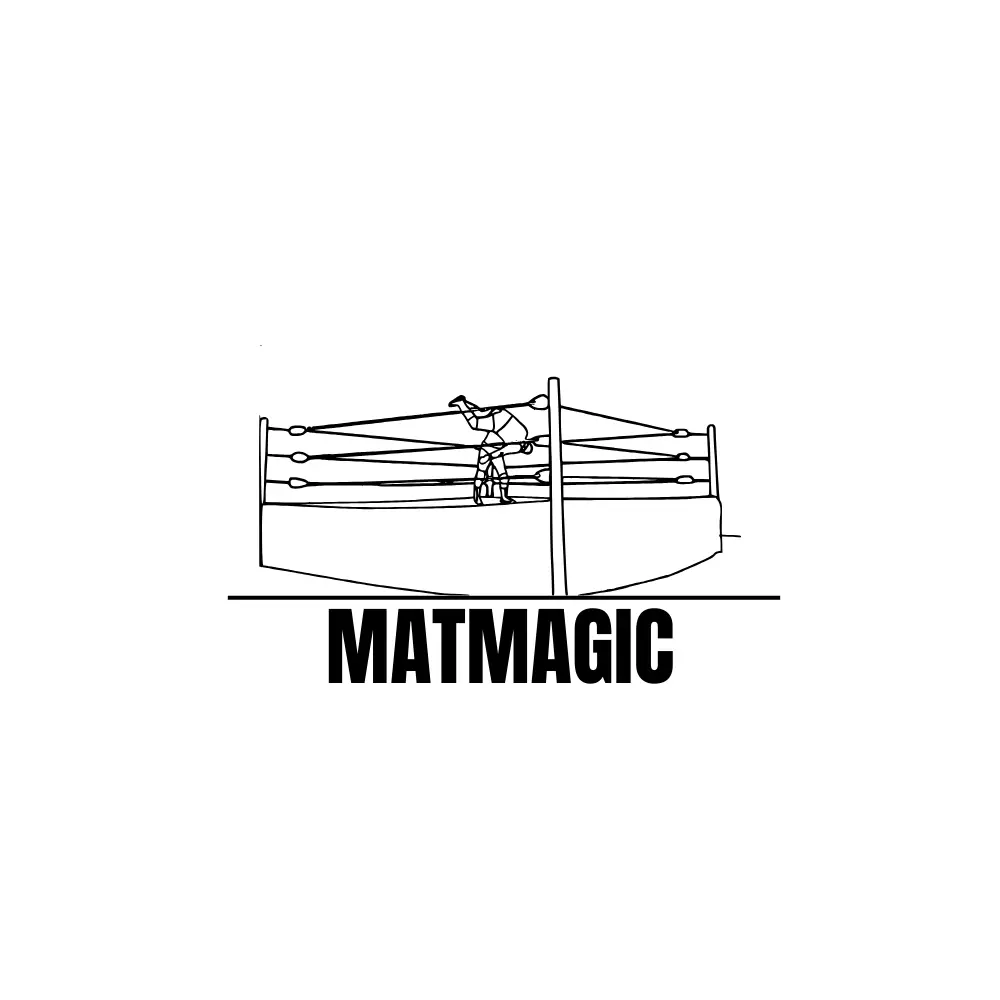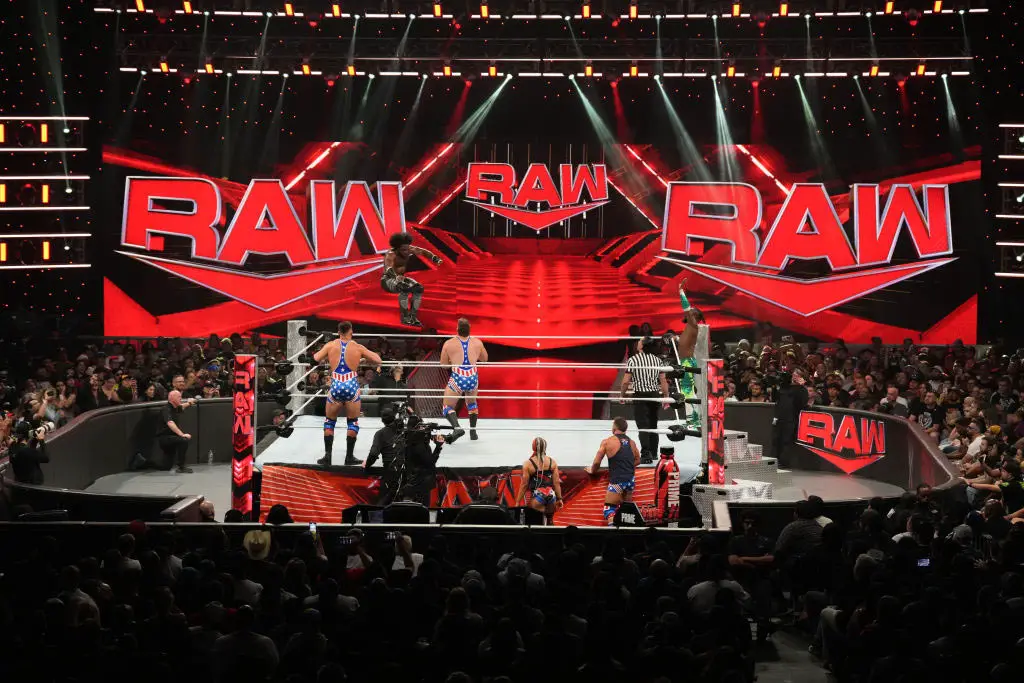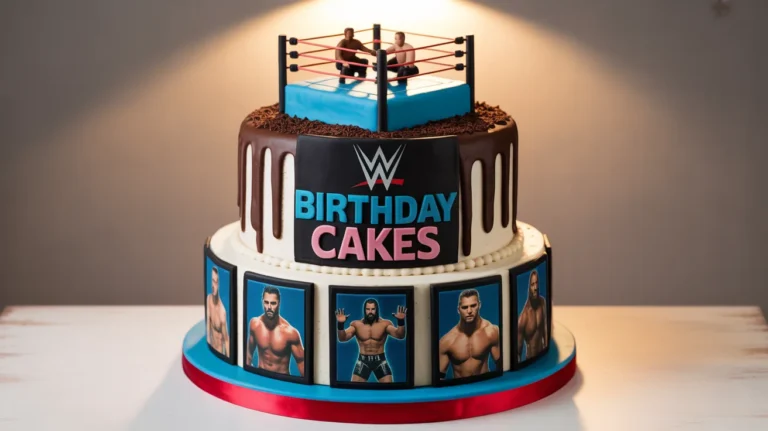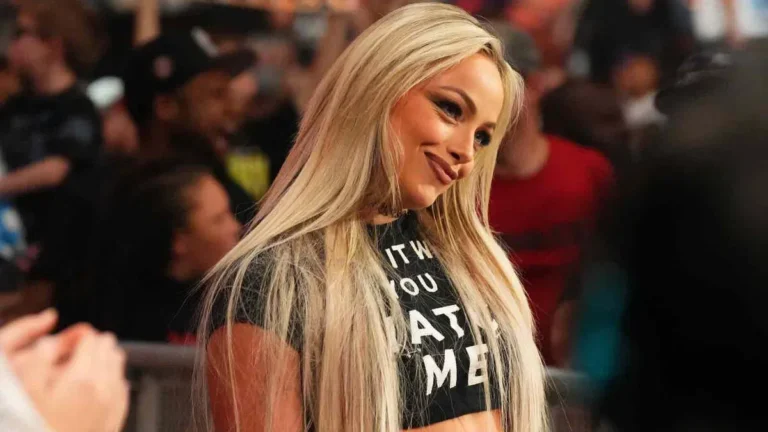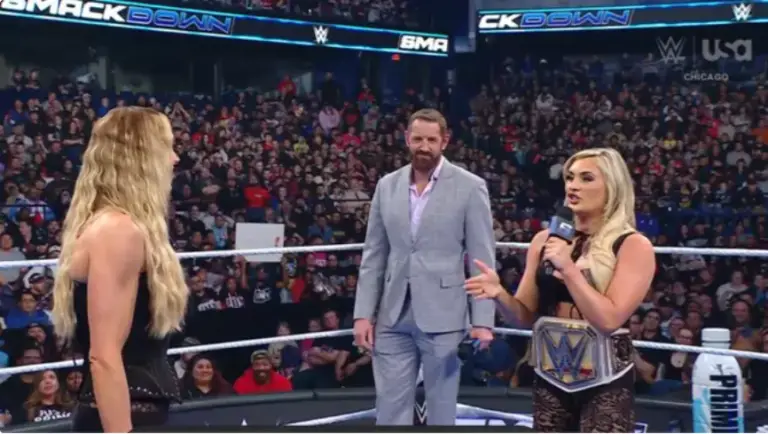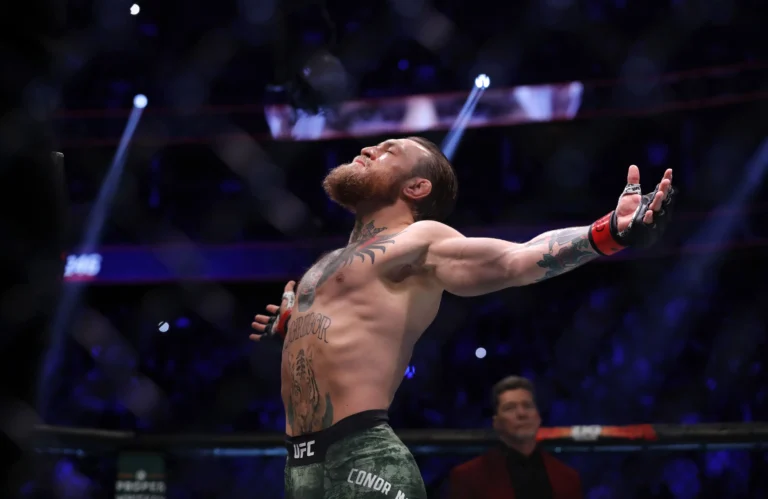Professional wrestling thrives on theatrics, and of course, WWE exemplifies this unique blend of sport and entertainment!
Over the years, WWE has made significant investments to craft characters that transcend the ring, captivating audiences worldwide. Some gimmicks have become legendary and paid off immensely.
However, there are few which, despite hefty price tags, failed to meet expectations…
1. The Undertaker’s Deadman Persona
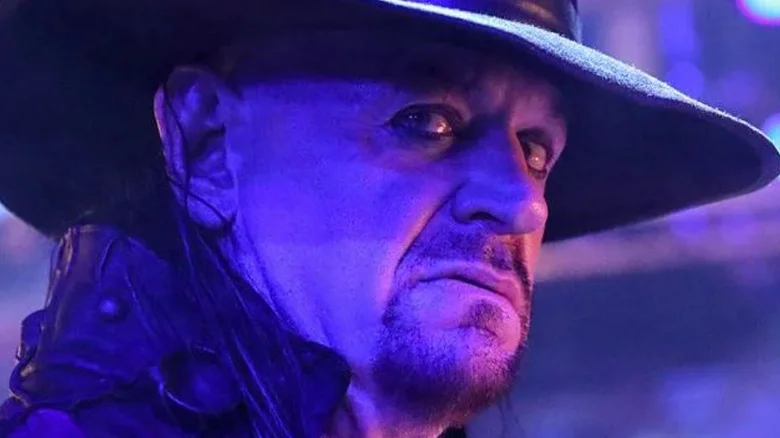
The Undertaker’s debut in 1990 introduced an enigmatic mortician with supernatural overtones.
WWE poured millions into perfecting this character – from tailored costumes and fog machines to jaw-dropping pyrotechnics. The Deadman’s signature entrance, often featuring druids and eerie lighting, became iconic.
Was It Worth It? Undoubtedly. The Undertaker became synonymous with WWE’s brand. His longevity, storyline adaptability, and WrestleMania streak made him an irreplaceable asset. Merchandise sales and ticket revenues further validated the investment.
2. The Fiend (Bray Wyatt)
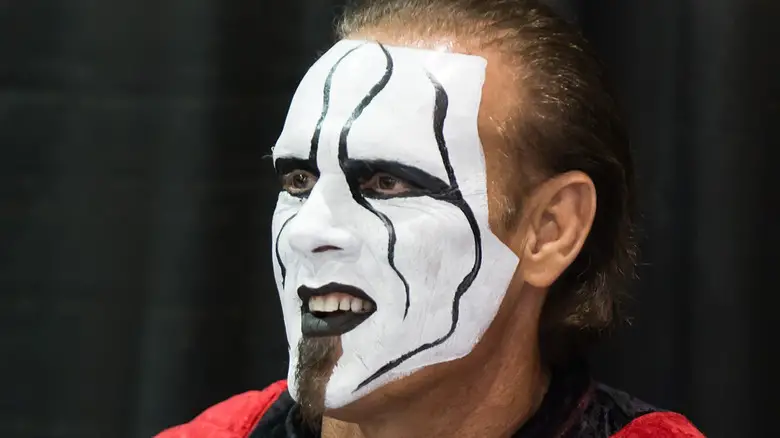
The Fiend represented Bray Wyatt’s reinvention, debuting in 2019. WWE spent heavily on the character’s grotesque mask, puppets for Firefly Funhouse vignettes, and specialized lighting during matches.
Was It Worth It? Partially. Initially, The Fiend generated a buzz, driving viewership and merchandise sales. However, inconsistent booking and Bray Wyatt’s subsequent release in 2021 reduced the gimmick’s long-term value.
3. John Cena’s “Thuganomics” Era
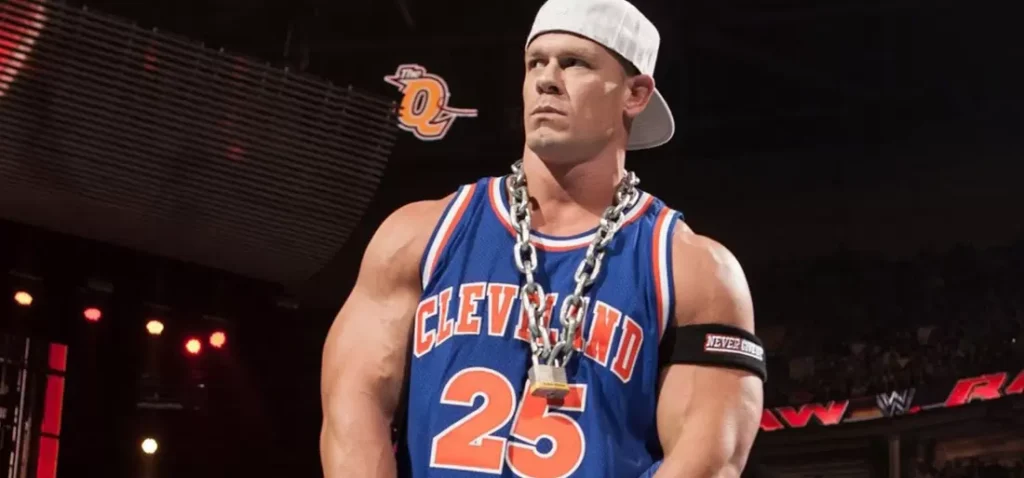
John Cena’s initial character failed to resonate with fans until he embraced the “Doctor of Thuganomics” gimmick.
This persona came with custom jerseys, gold chains, and original rap performances. WWE invested in Cena’s music production and promotional material to match the early 2000s hip-hop craze.
Was It Worth It? Absolutely! This gimmick allowed Cena to connect with audiences, propelling him toward main-event stardom. The transformation from “Thuganomics” to a polished hero helped him achieve global recognition and sustained relevance.
4. Goldberg’s Undefeated Streak
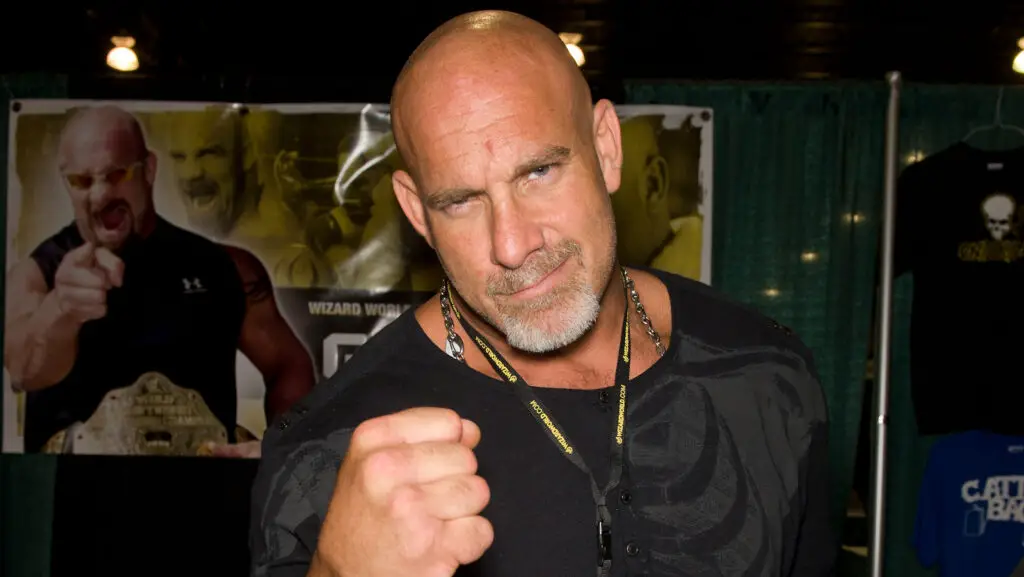
Goldberg’s aura in WCW carried over to WWE, where his undefeated streak became a major selling point. WWE invested heavily in his explosive entrance, complete with pyrotechnics, elaborate smoke effects, and high-energy music.
Was It Worth It? Yes. Goldberg’s mystique attracted significant fan interest and increased ticket sales. However, the abrupt end of his streak in 2003 left many questioning the handling of his character.
5. The Rock’s Hollywood Persona
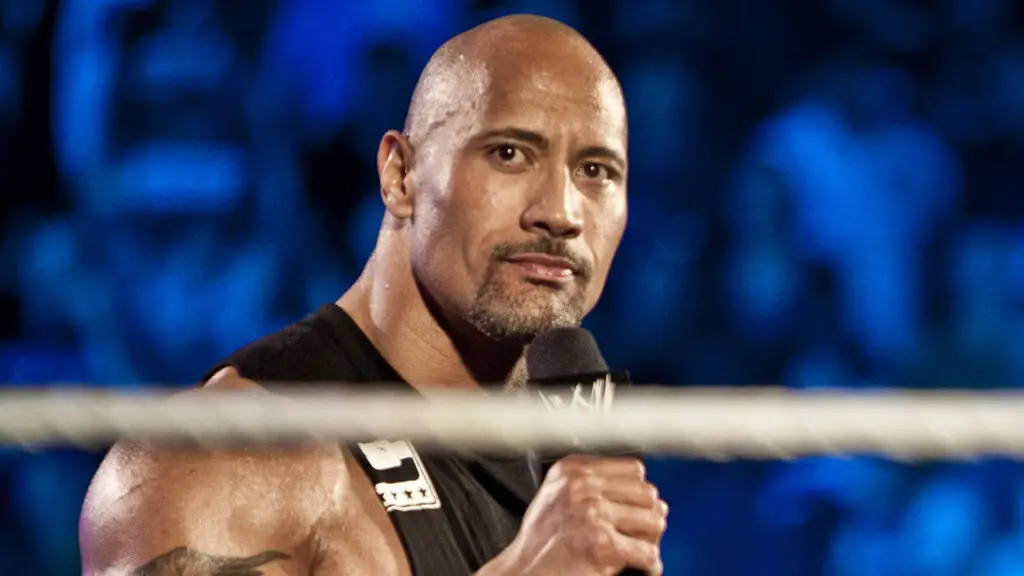
The Rock’s transition from a wrestling superstar to a Hollywood phenomenon provided WWE with an opportunity to fuse both worlds.
WWE invested in high-quality custom suits, a revamped entrance theme, and promotional campaigns centered around his larger-than-life persona.
Was It Worth It? Without a doubt. The Rock’s crossover appeal enhanced WWE’s brand image globally. His sporadic returns to the ring remain major draws, generating massive pay-per-view revenue and merchandise sales.
6. The Boogeyman
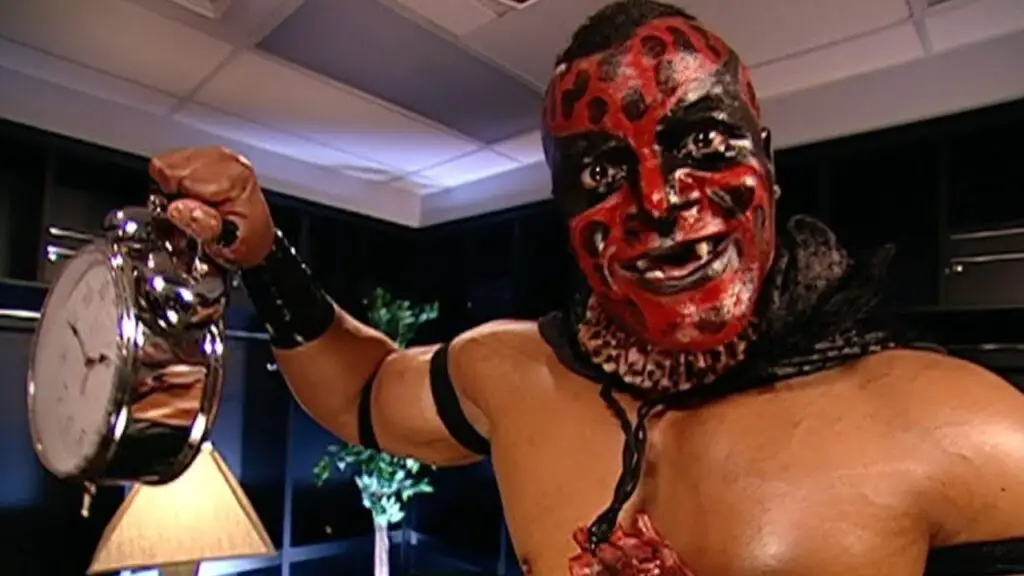
The Boogeyman debuted with a horror-inspired gimmick involving grotesque costumes, prosthetic makeup, and unsettling props like live worms. WWE went all-in to establish a creepy aura, utilizing elaborate entrance setups and visual effects.
Was It Worth It? Partially. While the character initially intrigued fans, the novelty wore off quickly due to limited storyline depth. The Boogeyman’s gimmick lacked staying power and ultimately faded from prominence.
7. Triple H’s “King of Kings” Era
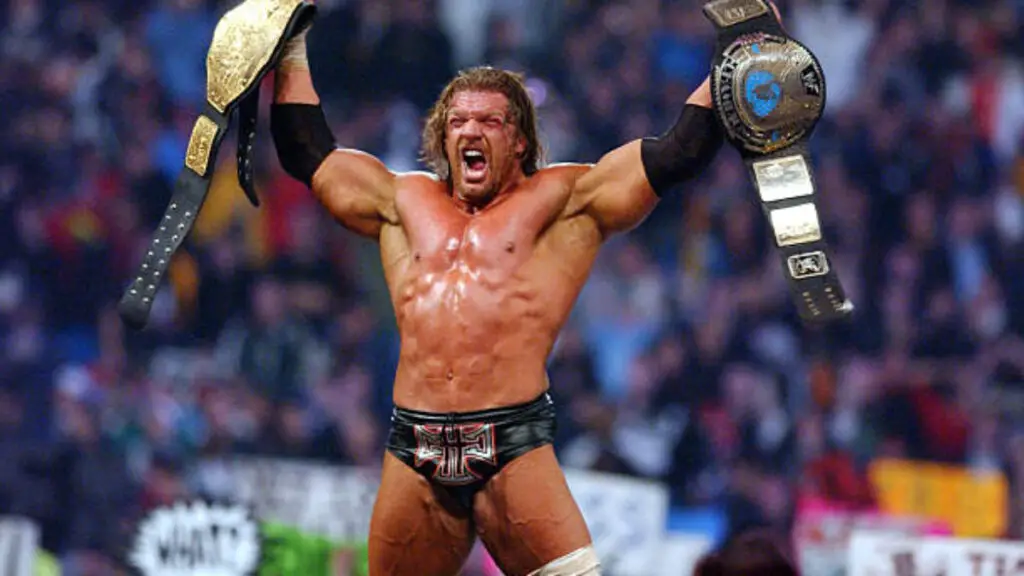
As one of WWE’s most celebrated figures, Triple H embraced the “King of Kings” persona with grandeur. WWE spent lavishly on his entrances, which featured metallic thrones, elaborate costumes, and dazzling pyrotechnics.
Was It Worth It? Yes. The persona aligned with Triple H’s real-life role as an authority figure and enhanced his legacy. His dominance as both a wrestler and corporate figure further validated the investment.
8. The Million Dollar Man (Ted DiBiase)
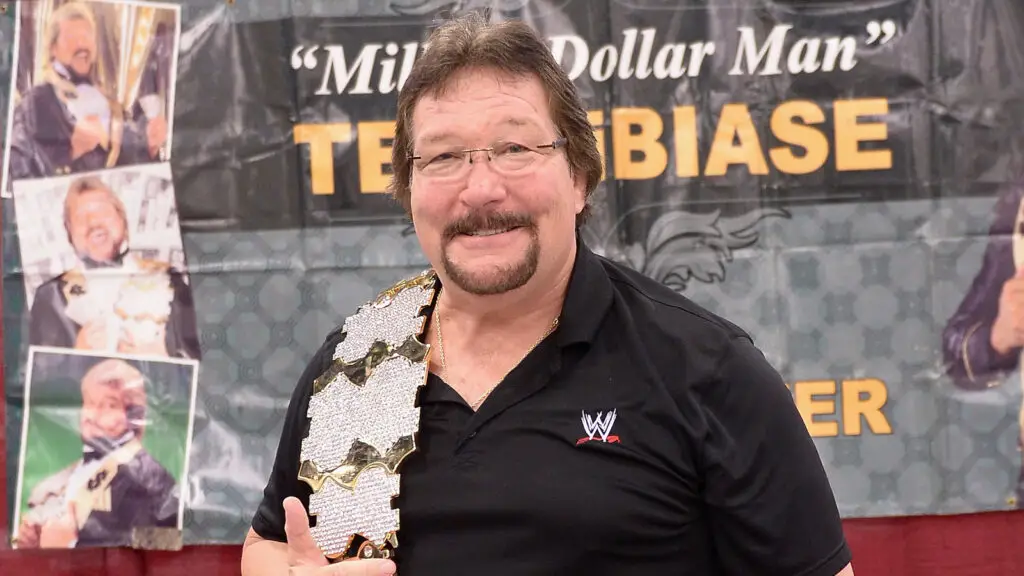
Ted DiBiase’s “Million Dollar Man” gimmick embodied opulence, featuring custom-tailored suits, skits involving cash handouts, and a diamond-encrusted championship belt. WWE didn’t hold back in portraying this extravagant character.
Was It Worth It? Yes. The Million Dollar Man became one of wrestling’s most enduring villains. His antics captured fan attention, while the gimmick’s uniqueness ensured its lasting legacy.
9. Kane’s Demonic Persona
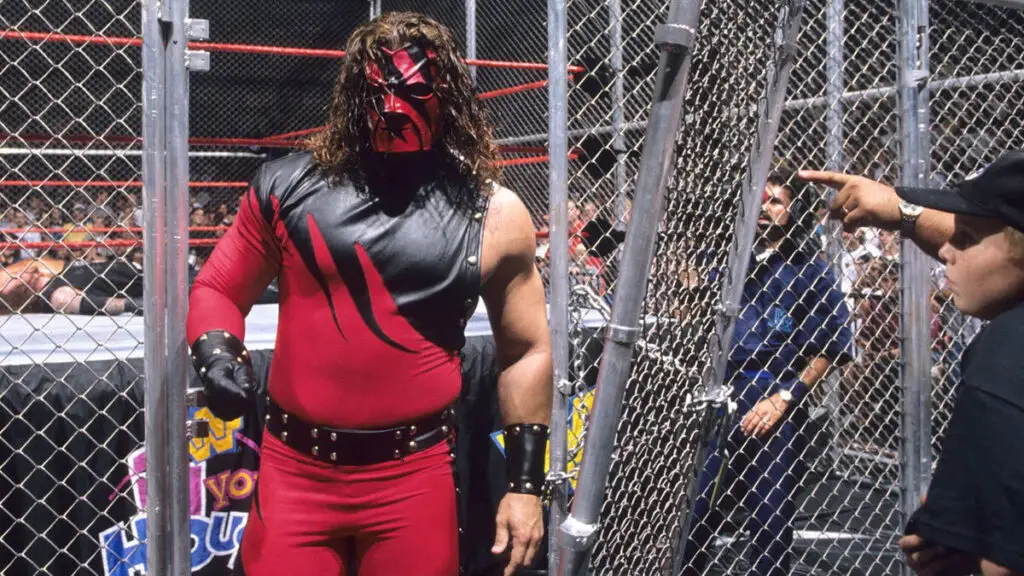
Kane debuted in 1997 as The Undertaker’s twisted brother. WWE invested heavily in pyrotechnics, haunting costumes, and elaborate storylines to present Kane as a demonic force.
Was It Worth It? Yes. Kane’s persona became a cornerstone of WWE’s storytelling, remaining relevant for over two decades. The character contributed significantly to WWE’s narrative landscape and financial success.
10. Stardust (Cody Rhodes)
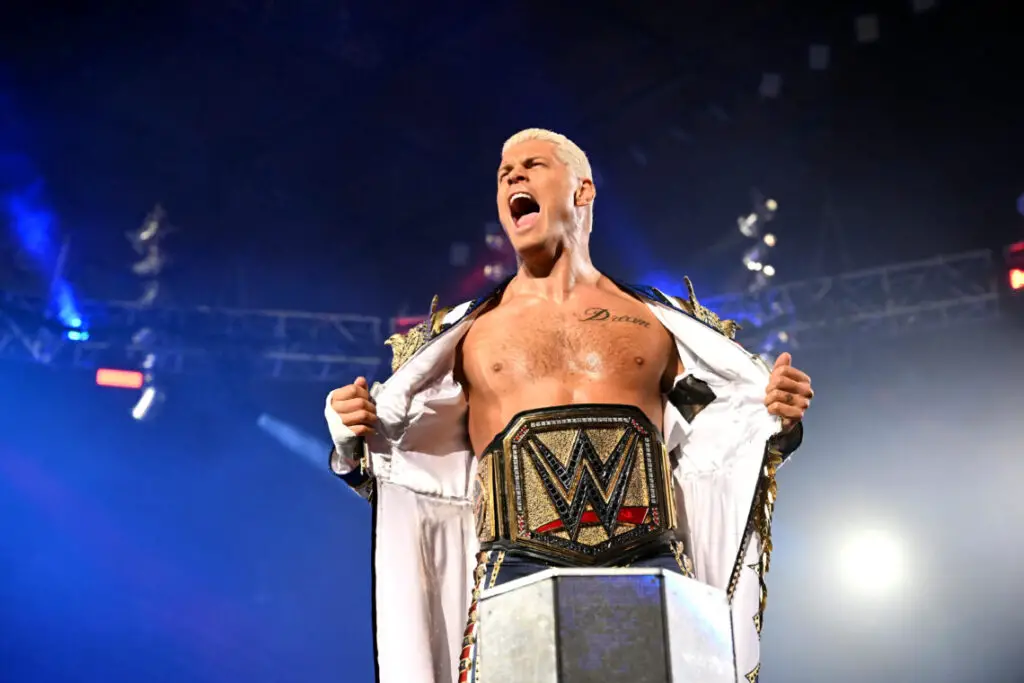
Cody Rhodes’s transformation into Stardust involved cosmic-themed costumes, intricate face paint, and eccentric behavior. WWE’s financial commitment extended to props and promotional material, emphasizing the gimmick’s uniqueness.
Was It Worth It? No. Fans perceived Stardust as a step back for Cody, stifling his potential. The gimmick failed to resonate, leading to Rhodes eventually departing WWE to reinvent himself successfully elsewhere.
Additional Insights Into WWE’s Investment Strategies
The Importance of Presentation
WWE understands that wrestling is as much about visual storytelling as it is about athletic performance.
Gimmicks like The Undertaker and The Rock thrived because of the meticulous attention to detail in costumes, entrances, and character arcs.
These elements were well-executed, and they made an emotional connection with fans, driving long-term profitability through merchandise and ticket sales.
The Role of Fan Acceptance
Expensive gimmicks alone do not guarantee success. The Boogeyman and Stardust are prime examples of significant financial investments that failed to yield lasting impact.
Wrestling audiences value authenticity, and even the most visually striking characters struggle when they feel forced or out of place.
Long-Term Implications of Gimmicks
Successful gimmicks often extend beyond their active run. The Undertaker, Kane, and The Rock continue to generate revenue for WWE through nostalgia-driven merchandise, documentaries, and Hall of Fame appearances. In contrast, failed experiments like Stardust rarely contribute to the brand’s legacy.
Lessons WWE Can Learn
- Innovate Without Overreaching: Creativity must align with wrestler abilities and audience preferences. Over-the-top personas can alienate fans if not executed thoughtfully.
- Balance Storytelling With Investment: While grand entrances and costumes are important, cohesive storylines ensure long-term engagement.
- Adapt to Changing Trends: WWE must gauge audience reactions and evolve gimmicks accordingly, as seen with Bray Wyatt’s progression from cult leader to The Fiend.
In summary – WWE’s history of creating expensive gimmicks reflects its ambition to elevate wrestling as a form of entertainment. While some characters like The Undertaker and The Rock became timeless assets, others like Stardust serve as cautionary tales of how even significant investments can falter without audience resonance. The delicate balance between spectacle and relatability remains the foundation of WWE’s success.
